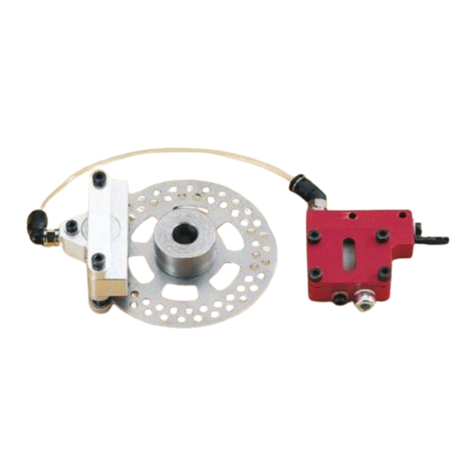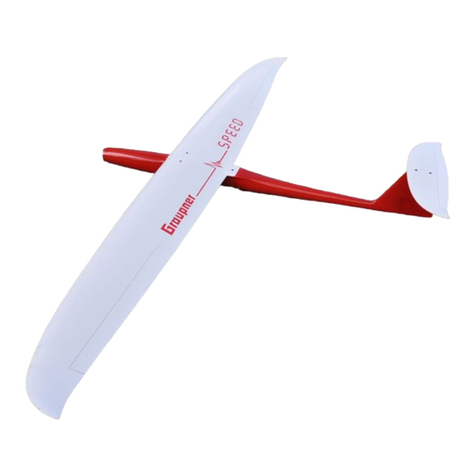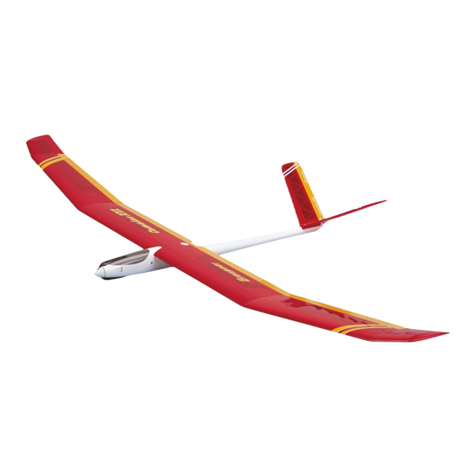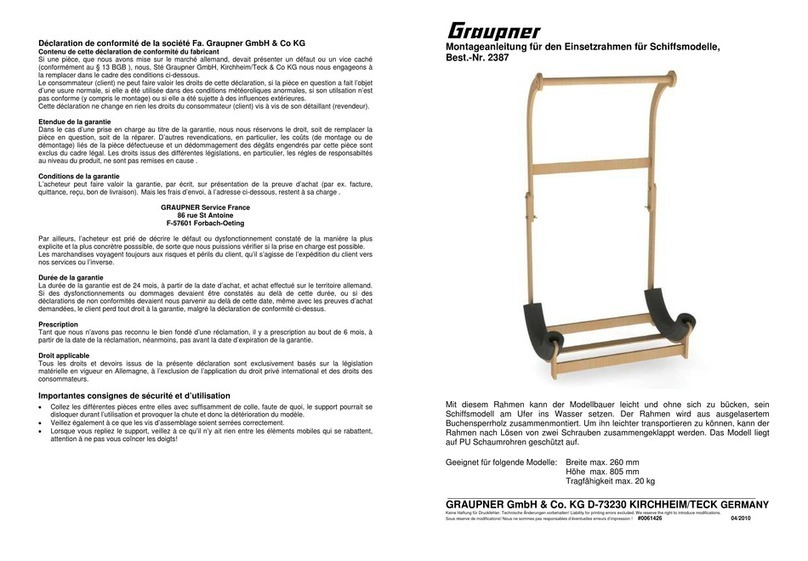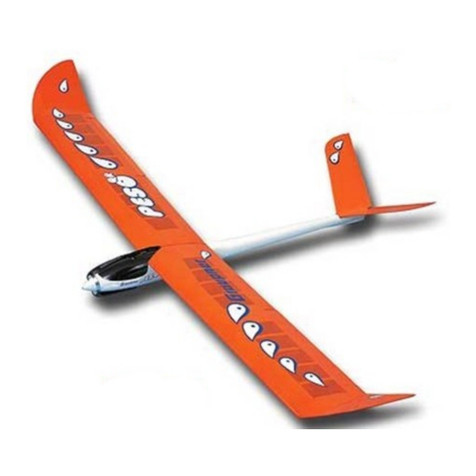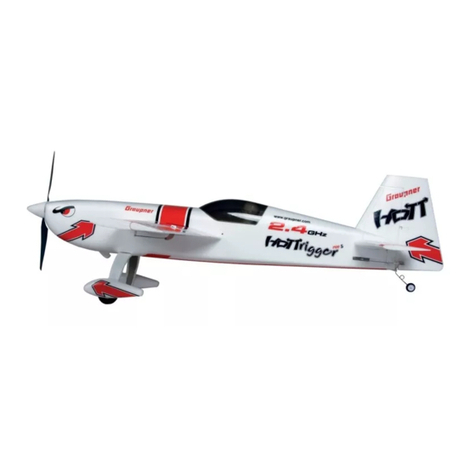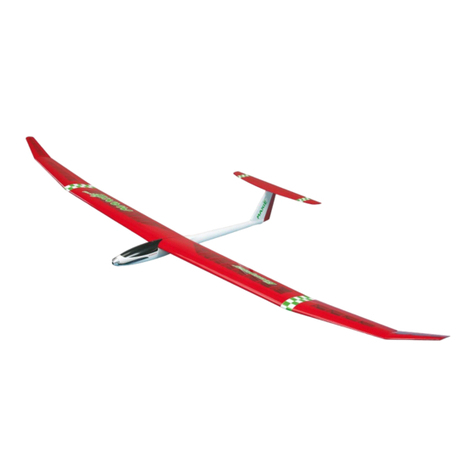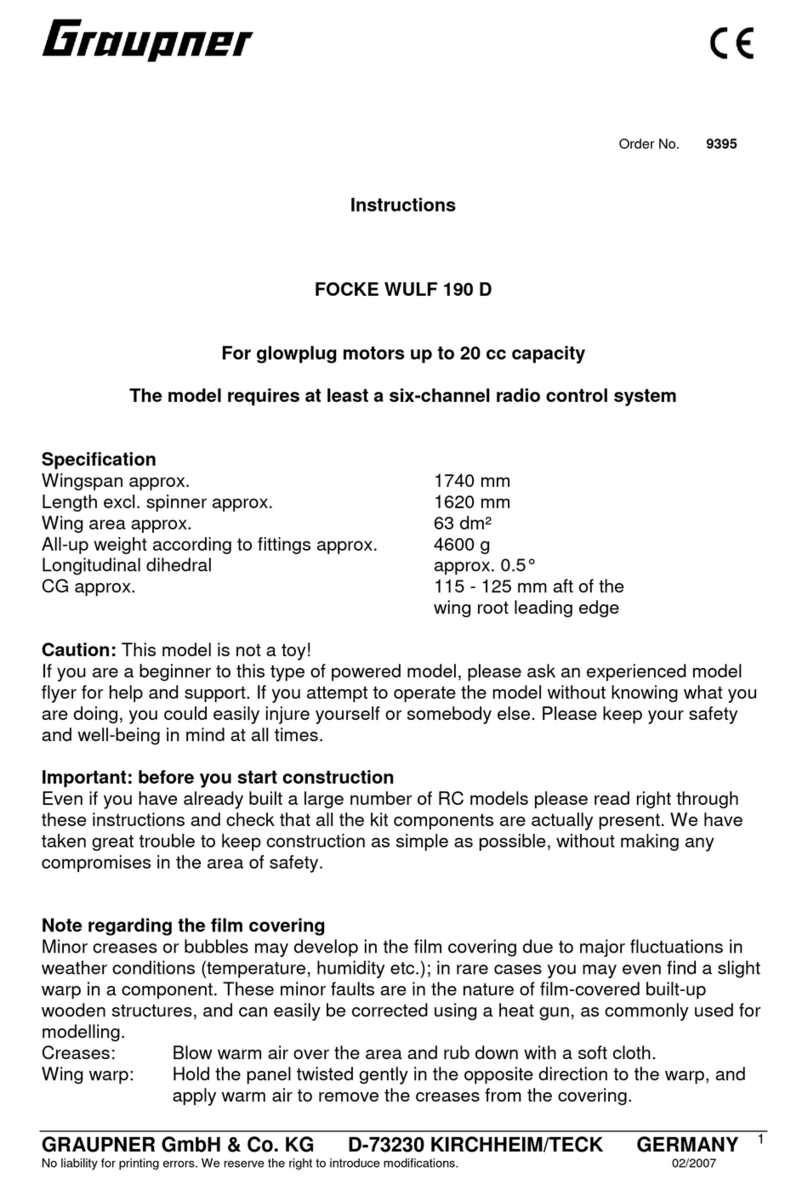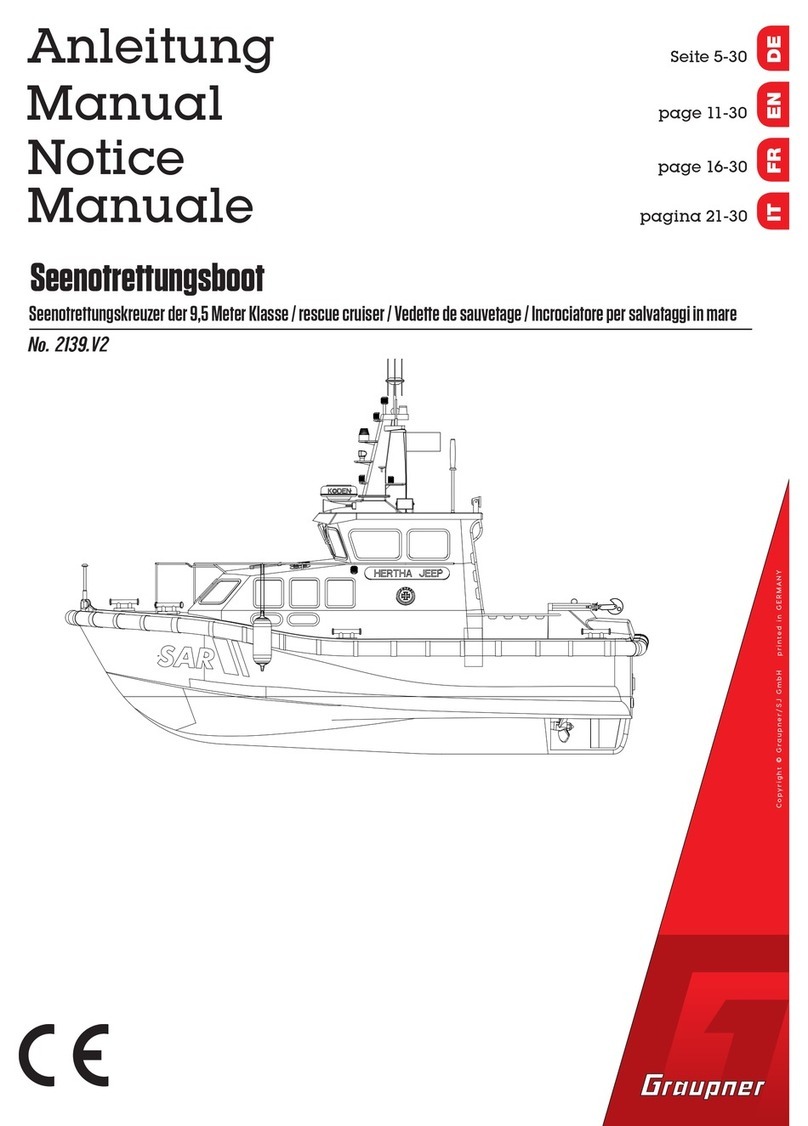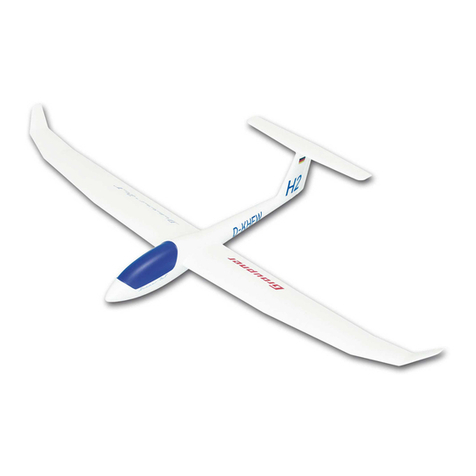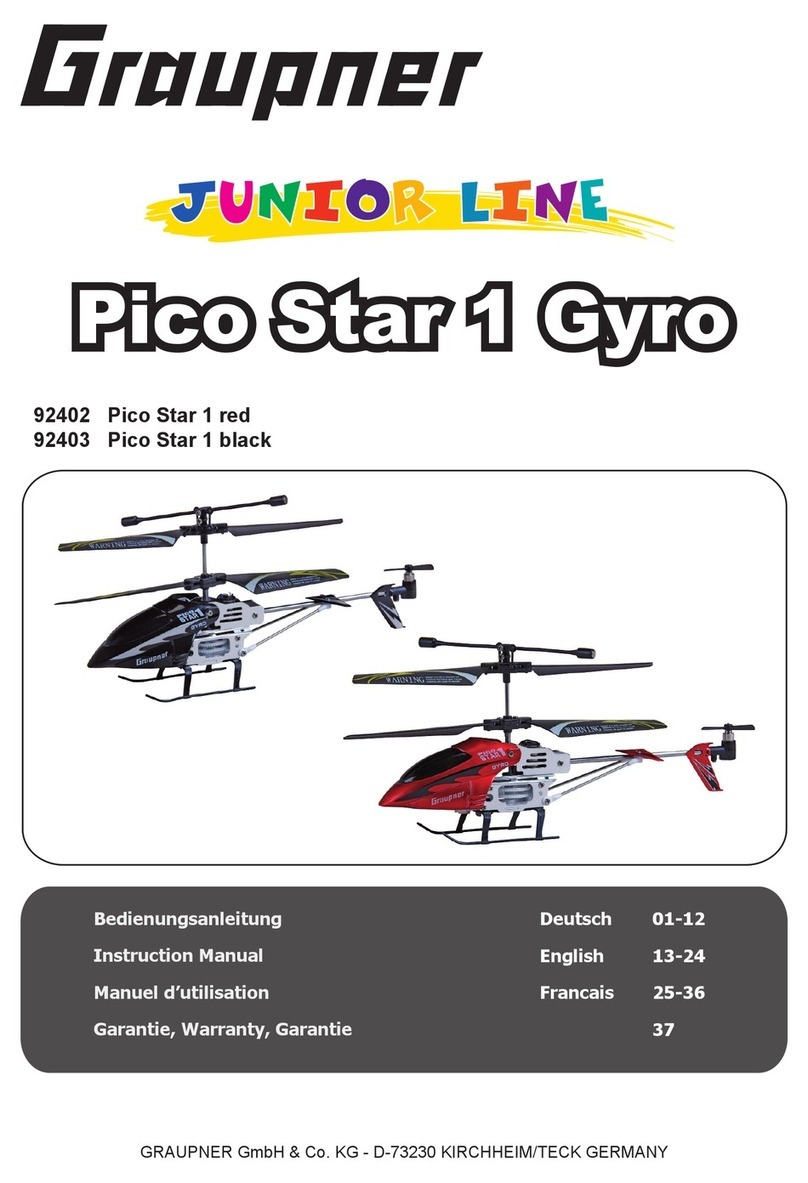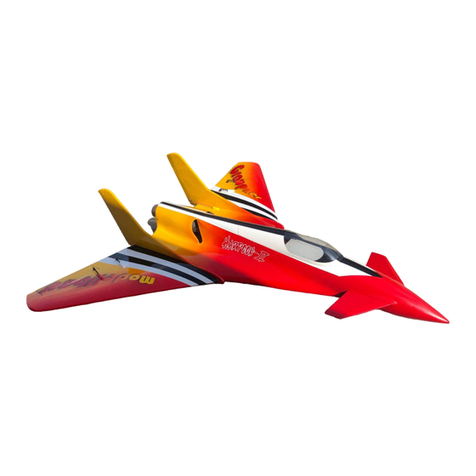
Byggeveiledning med egne notater, kopiert fra original PDF manual /Ole A. Aas-Hanssen.
Dato 24.02.2014 Side 9 av 21
the sides of the mast, as shown on the plan. Glue a lamp (part 158) to one end of each lamp
support (part 157), and glue the completed lamp assemblies in the holes in the mast. Drill a 0.8
mm Ø hole in the rear of the transverse support to take the flag mast (part 159) and glue the
mast in place. The completed mast should be glued to the navigation deck, but only after
painting is complete.
55. Cut out the bow mast (part 160) and sand it flat. Cut a piece of scrap ABS sheet to form the
back panel (part 161), as for the bridge mast, and glue the parts together. Now use a fine saw
(e.g. a junior hacksaw blade) to cut a straight transverse slot in the mast to accept the lower
platform (part 162), and glue the platform in the slot. Glue the upper platform (part 163) at the
top of the mast, taking care to align it correctly. Attach two doors (part 77) to the mast: one at
the top and the other at the centre platform. Cut railing segments (part 76) to fit, and glue them
to both platforms. Glue three lamps (part 165) to the lamp support (part 164). Drill a 1.5 mm Ø
hole in the upper platform on the bow mast, and glue the lamp assembly in it. The mast is
eventually glued to the forecastle deck, but only after painting is complete.
56. Cut out the lifeboats (part 166) and the boat covers (part 167), and glue the two parts together.
Note that the boats must fit inside the covers; sand back the outside edges of the boats slightly
if necessary. Rudder blades can also be made from scrap ABS and glued to the lifeboats if you
wish. Fix the boats to the davits when painting is complete.
57. Assemble the right and left anchor winches (parts 168 and 169) and glue the joints. Assemble
four right-hand deck winches (part 170) and two left-hand deck winches (part 171); these are
glued to the decks in the positions shown on the plan, but only after painting is complete. Cut
two pieces of anchor chain (part 172) about 10 cm long, and glue them on the deck in the
positions shown. They look best if painted or chemically browned beforehand.
58. Glue the 18 double bollards (part 173) to the decks as shown on the plan.
59. Cut five pulleys from the anchor winches to form the cable return pulleys (part 174), and glue
them to the decks at the marked points.
60. Glue three lamps (part 176) to the stern lamp mast (part 175), drill a 1.5 mm Ø hole in the after
deck and glue the lamp mast in it.
61. Cut the two position lamp plates (part 177) from scrap ABS, and glue the position lamps (part
178) to them. After painting, these should be glued to the bridge outriggers.
62. Cut the flag mast (part 179) from the 0.8 mm Ø brass rod supplied, drill a matching hole in the
deck base-plate (part 119) and glue the mast in it. TIP: make the flag from paper and colour it
using felt-tip pens. The relatively weak colours represent the typical bleached and washed-out
colours of ship flags very effectively. The colours of the Bahamian flag are as follows: black
triangle, blue outer stripes, yellow inner stripes. Glue the flag in place, then curve it carefully
into the typical wavy pattern of a wind-blown flag before applying a coat of clear lacquer to
protect it.
63. The navigation compass (part 180) is simulated by a short piece of 1.5 mm Ø ABS rod glued in
a 2 mm Ø aluminium tube. Sand it to a rounded shape as shown, cut the tube to length and
glue it to the navigation deck.
64. Cut the two winch bases (part 181) from scrap ABS. Cut two pulleys from the injection-moulded
sprue to form the lifebelt winches (part 182), and glue them on the bases. The completed
winches should be glued adjacent to the lifeboats.
65. Paint the lifebelts (part 183), and glue them to the inside of the railing and the bulwarks in
suitable positions. They should be located at points where a crew member could throw a lifebelt
overboard without difficulty.
66. Drill a hole in the underside of each anchor hawse to accept the anchors (part 184), and trim
the holes carefully so that the anchor shafts are a snug fit in them. Glue the anchors in place
using cyano, taking care to seal the holes completely.
67. Screw the propeller (part 185) to the shaft. Alternatively you could install the 5-bladed screw
(Order No. 2298.40); however, this propeller provides greatly increased thrust, and in this case
you should operate the motor on no more than 6 or 7.2 Volts.
68. Cut the glazing panels (part 186) from the translucent grey plastic as shown on the plan, and
glue them in the superstructure using UHU Alleskleber. TIP: a good method of positioning the
glazing panels accurately is to apply a patch of double-sided tape to your fingertip, and then
stick the glazing panel to the tape; this allows you to get the panel into a tight corner without
any problem. At this stage the navigation deck can be glued to the glazed bridge, and both
masts can be fitted.
69. If you wish, you can now make additional detail fittings from the remaining scrap material, and
GRAUPNER GmbH & Co. KG D-73230 KIRCHHEIM/TECK GERMANY
Keine Haftung für Druckfehler. Technische Änderungen vorbehalten! ID# 50997 03/2006



